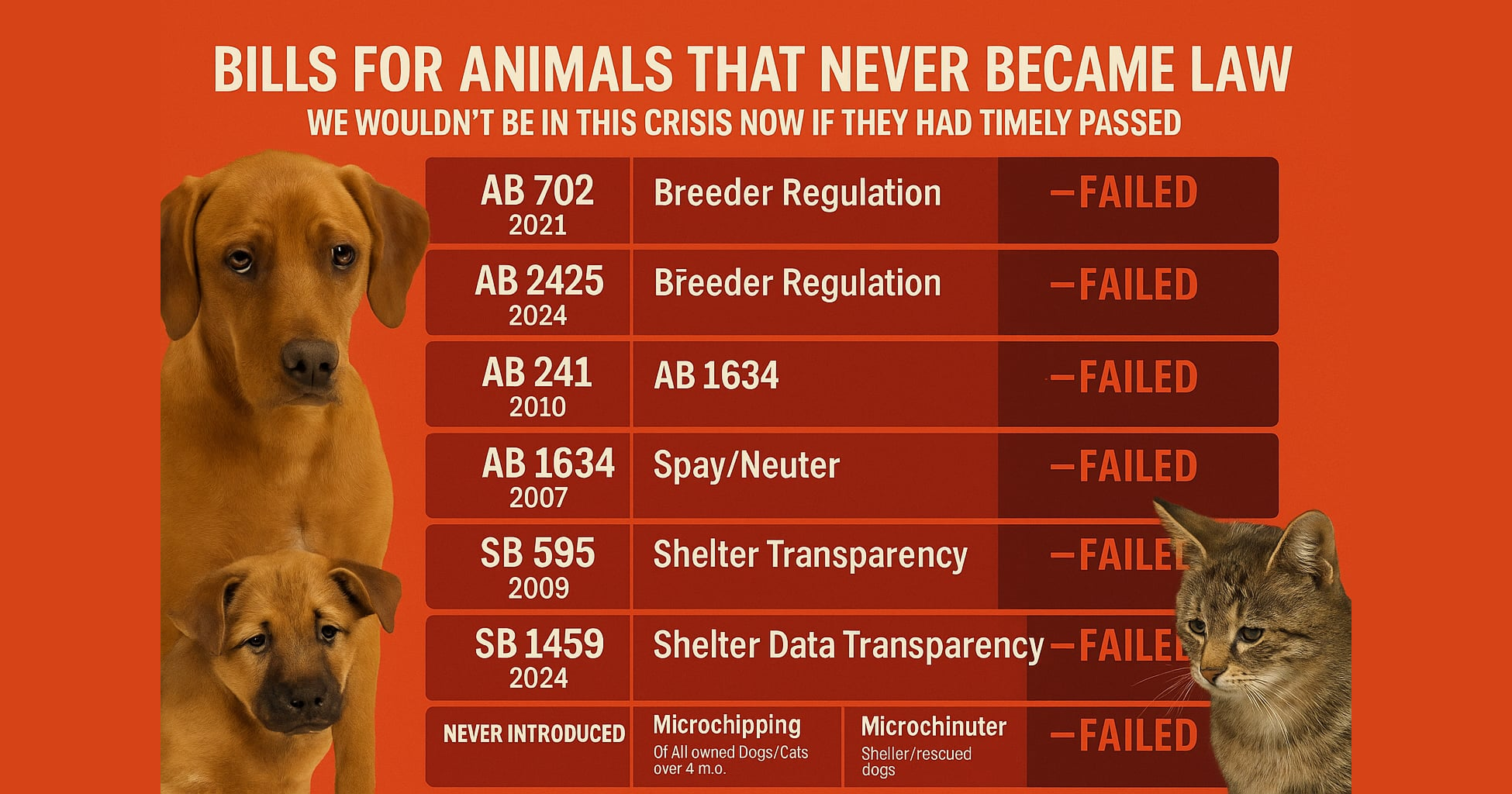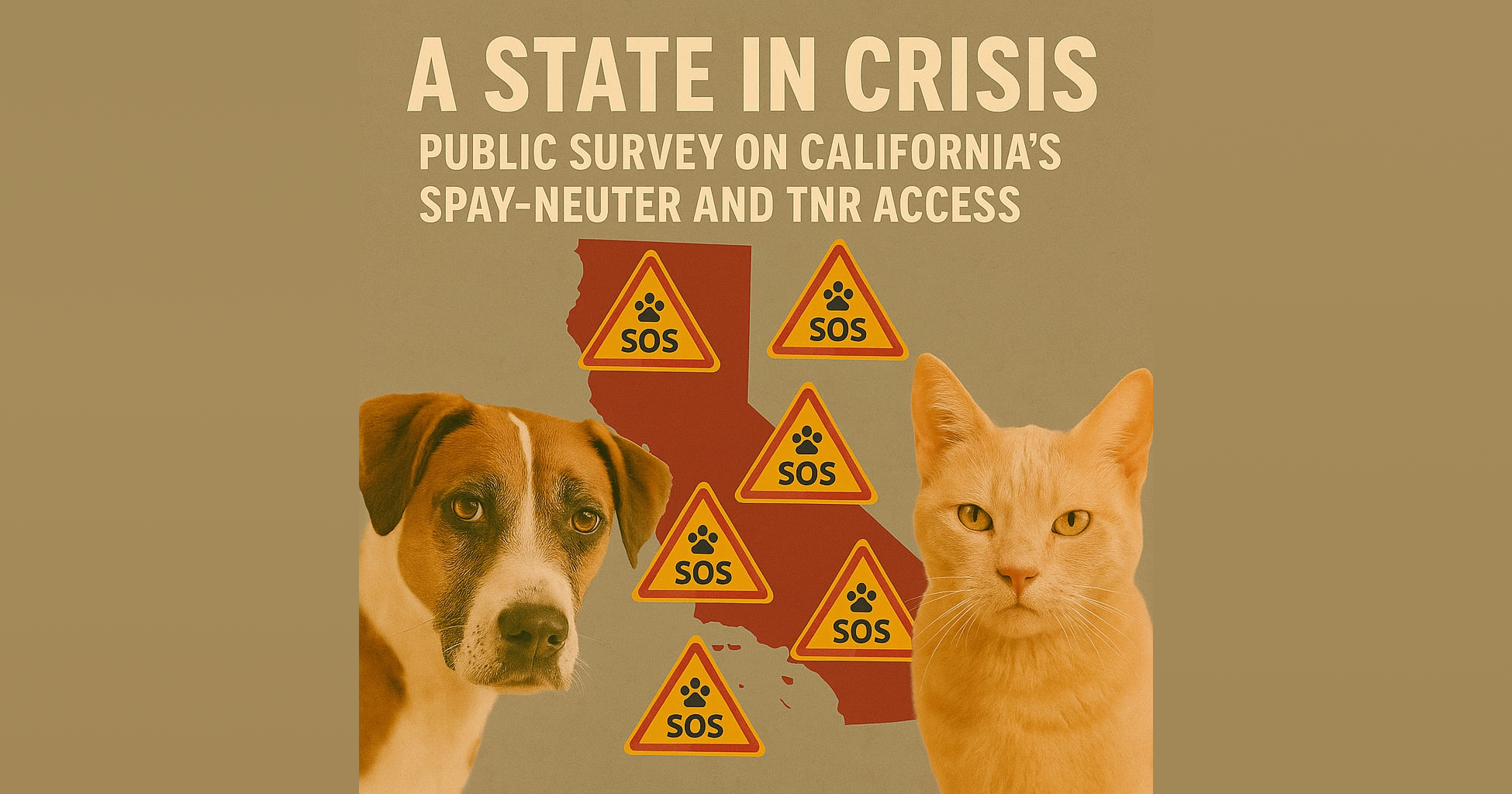
In the quiet corners of the San Luis Obispo County Animal Shelter lies a room that holds the final moments for some of its furry inhabitants. Unlike the lively atmosphere of the main building, this space exudes a calmness, with soft lighting and a peaceful aura. Here, staff members offer solace to animals through gentle words and treats, knowing that many of them face uncertain futures due to illness or behavioral challenges.
In 2021, California shelters found themselves overwhelmed with a staggering 361,000 animals, prompting Governor Gavin Newsom’s heartfelt promise of $50 million to transform the state into a haven for pets. Despite these efforts, euthanasia rates continued to rise, leaving many puzzled and disheartened.
The question we must ask is, ‘Why are all these animals in the shelter to begin with?'” pondered one advocate. Nathan Winograd, a passionate voice in the fight against euthanasia, echoed this sentiment, emphasizing the need for transparency. “If the governor is serious, we need sunlight. We need to know where exactly this money is going, why it’s going there,” he stressed. Winograd lamented that while California bills itself as one of the most progressive states in the nation, its euthanasia rates tell a different story. “We are one of a handful of states that are responsible for most of the killings in the United States” he revealed.
The $50 million investment was meant to be a beacon of hope through the California for All Animals program. While it has made strides in improving conditions for sheltered animals, challenges persist. Transparency remains a concern, with questions swirling about where exactly the funds are being directed and why euthanasia rates are still climbing.
“Unfortunately in many ways, the situation in California has actually gotten worse,” he said. WHERE DID THE NO-KILL MONEY GO? The $50 million in “no kill” funds was to be allotted to the UC Davis Koret Shelter Medicine Program, to be spent on developing ways to reduce animal euthanasia. When the pandemic arrived, and $50 million became $5 million, as the governor and Legislature scrambled to cut expenses amid a fears of a deficit. But the next year, Newsom restored the remaining $45 million, and in February 2022, the program, now called California for All Animals, was off and running. The initiative has spent more than half of the $50 million. That includes $15.5 million in grants to shelters for improvements like larger compartments for animals. More space reduces the risk of disease, improves behavior, and “increases animals’ chances for adoption,” according to a March 2023 UC Davis report. Another $12.5 million went to in-person visits, training, and outreach that included 35 on-site visits to shelters, varying in length from a few hours to a few days. “A key component of the site visits is the ability to meet with staff and volunteers working in essential functions such as animal care, veterinary medicine, and field services and incorporate their feedback and needs into future programming,” according to the report. In addition, the state provides technical assistance to shelters in need, including reviews of cleaning protocols, how to mitigate disease outbreaks, ways to contain or isolate the animal population and best practices for keeping animals healthy. The remaining $22 million will be parceled out over the next three years — $9.9 million in 2023-24, $9.6 million in 2024-25 and $2.5 million in 2025-26. HOW MANY ANIMALS DOES CALIFORNIA KILL? One major issue surrounding California for All Animals is transparency”
Legislative attempts to address the issue have been met with roadblocks, reflecting the complexity of the situation. Assemblyman Alex Lee’s bill, aimed at reinstating statewide euthanasia data sharing, was put on hold, as was Assembly Bill 595, affectionately known as Bowie’s Law, which sought to provide a lifeline for animals facing euthanasia.
While the California for All Animals program aims to address these issues, transparency remains a concern, with limited data available on euthanasia rates. Efforts to pass legislation, such as Assembly Bill 332 and Bowie’s Law, have faced opposition and failed to address the root causes of the problem. To reduce pet euthanasia, comprehensive solutions are needed, including increasing access to affordable housing, veterinary services, and promoting adoption and fostering. However, achieving these goals requires greater transparency and accountability in how funds are allocated and spent. Despite California’s progressive reputation, the state still struggles with climbing euthanasia rates compared to other states, highlighting the need for more effective measures to protect animals.
The journey to reducing euthanasia rates in California is a long and arduous one, requiring a collective effort from all corners of society. It’s about more than just policies and funding—it’s about compassion, empathy, and a shared commitment to giving every animal a chance at a better life.
Original Article ( Paid Article): https://www.sacbee.com/news/politics-government/capitol-alert/article278543459.html



